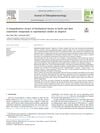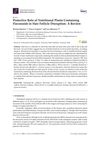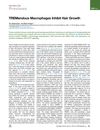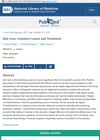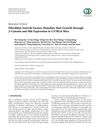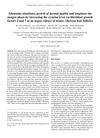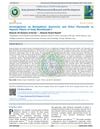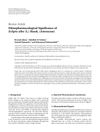A Network Pharmacology-Based Approach to Explore Mechanism of Action of Medicinal Herbs for Alopecia Treatment
February 2022
in “
Scientific Reports
”
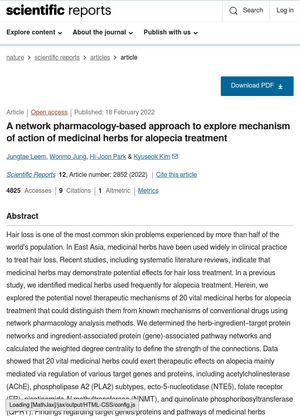
TLDR Medicinal herbs might treat hair loss by affecting genes and pathways related to lipid and glycerophospholipid metabolism.
The study "A network pharmacology-based approach to explore mechanism of action of medicinal herbs for alopecia treatment" used network pharmacology to investigate the mechanisms of Traditional Herbal Medicine (THM) in treating alopecia. The study found that THM has shown potential therapeutic effects in alopecia treatment, with a recent study showing over 90% hair recovery in 64% of patients. The analysis revealed 77 potential compounds from 20 medicinal herbs, 25 associated potential target genes, and 54 associated potential target pathways. The most significant proteins were Acetylcholinesterase (AChE) and phospholipase A2 group IB (PLA2G1B), associated with 27 and 14 potential compounds respectively. The most frequently associated pathways were metabolic, glycerophospholipid, and endocytosis pathways. The study suggests that these herbs may treat alopecia primarily through the regulation of various target genes/proteins and pathways, including glycerophospholipid metabolism in cholinergic synapses driven by AChE, lipid metabolism driven by various phospholipase PLA2 subtypes, and the purine pathway driven by ecto-5-nucleotidase (NTE5) in the hair follicle cycle. The study acknowledges limitations, including the use of only two databases and the absence of molecular docking analysis. Further studies are recommended to verify these findings.
